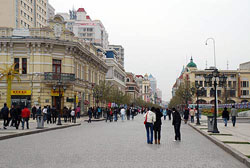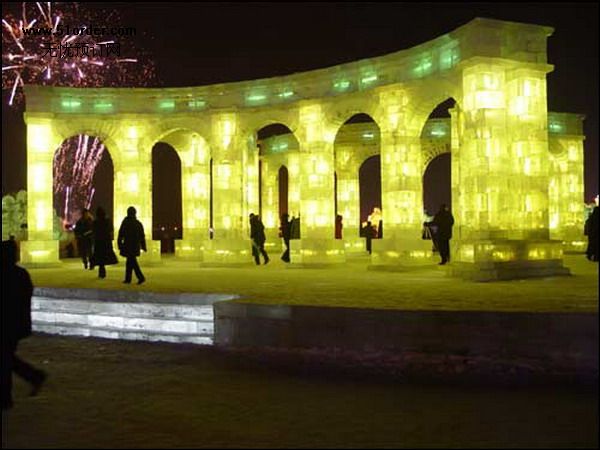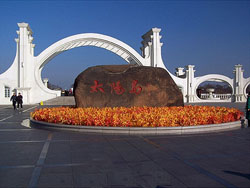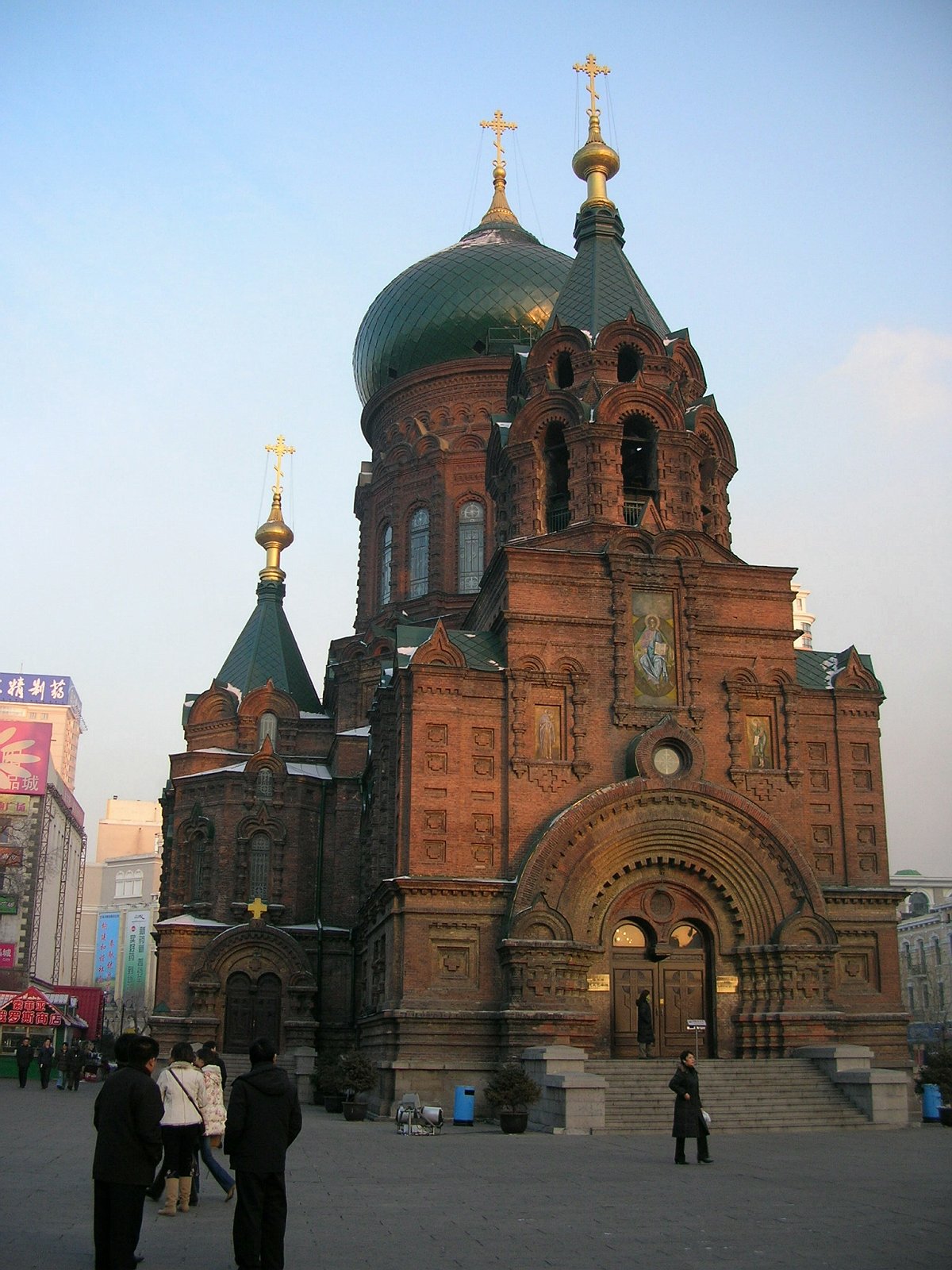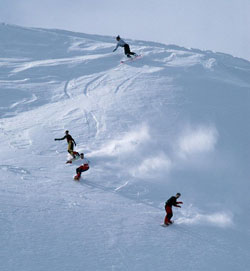Tours in Heilongjiang

-
Province:Heilongjiang (Chinese: 黑龙江, Pinyin:Hēilóngjiāng)
-
Population :38,170,000
-
Area :460,000 square km (180,000 sq mile)
-
Overview:Heilongjiang in northeastern China has a unique geographic location and rich tourism resources, making it a tourist destination for all seasons. Its topography includes snow-capped mountains, forests, wetlands, grassland, a boundary river and a boundary lake.
Overview
Heilongjiang is loocated in northeastern part of China with a unique geographic location and rich tourism resources.Heilongjiang borders Jilin in the south and Inner Mongolia to the west; it also borders Russia to the north. It covers an area of 460,000 sqare km,the captial is Harbin.
Heilongjiang has a continental monsoon climate,its annual temperatures of –4°C to 4°C. Heilongjiang's winter are long and bitter with the temperatures ranging between -31°C to -15°C.Summer are short and cool with the temperatures between 18°C to 23°C.Generally speaking,summer is the best time to Heilongjiang.But if you are interested in snow ,you'd better to go there in winter.Harbin,the captial,will hold the Harbin International Ice and Snow Festival in 5,January every year.
Know more
In ancient times Heilongjiang was a remote area far from any literate civilization. From Chinese and other sources we learn that the aborigines in Heilongjiang are the Xianbei, the Mohe, and the Khitan. The eastern portion of Heilongjiang was ruled by the Mohe kingdom of Bohai between the 7th and 10th centuries. Later on the ethnically Jurchen Jin Dynasty (1115-1234) that went on to rule much of north China had its roots within the borders of modern Heilongjiang.
Under the Manchu Qing Dynasty, The western part of Heilongjiang was under the supervision of the General of Heilongjiang, whose power extended, according to the Treaty of Nerchinsk, as far north as the Stanovoy Mountains; eastern Heilongjiang was under the supervision of the General of Jilin, whose power reached the Sea of Japan. These areas deep in Manchuria were closed off to Han Chinese migration.
However, in 1858 and 1860 the Qing government gave up all land beyond the Amur and Ussuri Rivers to Russia, cutting China off from the Sea of Japan and giving Heilongjiang its present northern borders. At the same time, Manchuria was opened to Han Chinese migration by the Qing government. By the early 20th century the Han Chinese had become the dominant ethnic group in the region. In 1932 present-day Heilongjiang became part of the Japanese puppet state of Manchukuo.
After Japanese defeat in 1945, Soviet forces entered Manchuria, and gave the Chinese communists control over most of the area. Heilongjiang was the first complete province to be controlled by the Chinese communists, Harbin the first major city. From Manchuria, the communists were able to conduct the initial phases of the Chinese Civil War. At the beginning of communist rule, Heilongjiang province included only the western portion of the present-day province, and had its capital at Qiqihar. The remaining area was the province of Songjiang, with capital Harbin. In 1954 these two provinces were merged into present-day Heilongjiang.
Heilongjiang is rich in tourism resources.Its spots for ice and snow activities are the best in China.Due to its location, snow-skiing period in the province lasts 120-140 days in a year. Harbin,the captial of Heilongjiang,has the nickname of "Ice City" and "Snow city" because it lies under ice and snow for as long as four months in winter.In mountainous area, snow on the ground can be 100-300 cm deep and it's of good quality. Among its smooth mountain slopes, 100 has been chosen as spots good for building large-scale skiing grounds. Its beautiful landscape, forests and grasslands, wetlands and rivers and lakes provide rich resources for developing eco-tourism.
Springtime in Heilongjiang, when the flowers are in full blossom, is short, but very beautiful. Summer in Heilongjiang the climate is cool and pleasant. In July, China's hottest month, temperatures in the province are between 16 and 23 degrees Centigrade, making Heilongjiang the best place for escaping the heat of summer. In autumn, Heilongjiang looks like a Chinese painting in bright colors. In winter Heilongjiang is a world of ice and snow. The snow-covered rolling mountains provide particularly memorable scenery.
Must see
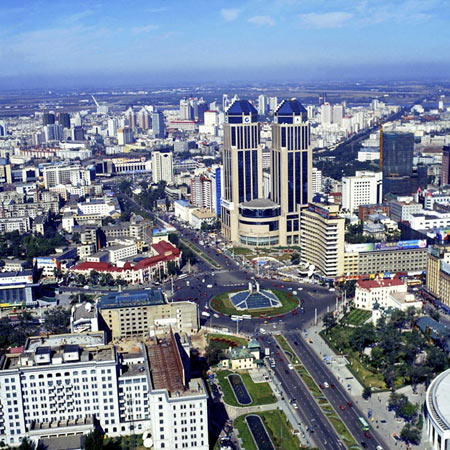
Harbin is the captial city of Heilongjiang Province which lies on the southern bank of Songhua River.Harbin is the tenth largest city in China with an area of 7,086 square km.......more
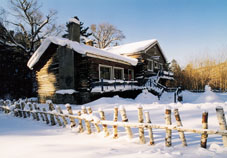
Yichun is a prefecture-level city lying in the northeastern part of Heilongjiang Province with anarea of 39,017 square km.It enjoys a cold temperate monsoon climate, with an average temperate of 1.0 Celsius. It is among the coldest cities in China......more

